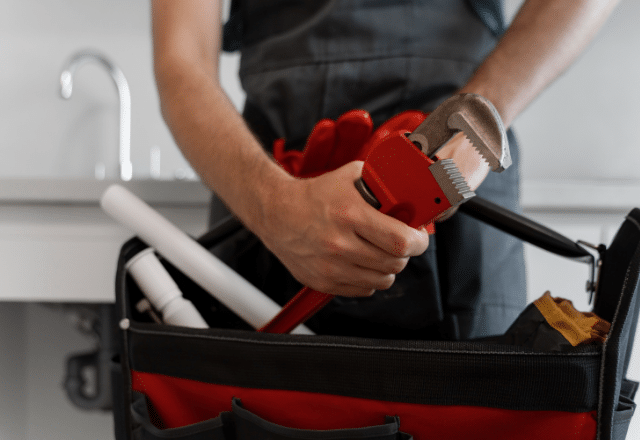
Proper washing machine drain plumbing is crucial for ensuring the smooth operation of your laundry appliance. Neglecting to set up or maintain your drain system can lead to a host of issues, such as clogs, leaks, and unpleasant odors. In this article, we’ll dive into the world of washing machine drain plumbing, providing you with valuable tips and tricks to keep your system functioning optimally.
To effectively tackle washing machine drain plumbing, it’s essential to familiarize yourself with the key components involved. Here’s a breakdown:

When installing washing machine drain plumbing, it’s crucial to follow best practices to avoid future issues:

Even with proper installation, washing machine drain plumbing problems can arise. Here’s how to tackle common issues:

To minimize the need for repairs, perform preventive maintenance:
While many issues can be resolved with DIY solutions, call a professional for:
Mastering washing machine drain plumbing is essential for keeping your laundry routine running smoothly. By understanding the components, following proper installation techniques, and performing regular maintenance, you can prevent many common issues. Remember to troubleshoot problems promptly and don’t hesitate to call a professional when needed. With these tips and tricks in mind, you’ll be well-equipped to handle your washing machine drain plumbing like a pro, ensuring a well-functioning system for years to come.

Q: What should I do if my washing machine drain is clogged?
A: If your washing machine drain plumbing is clogged, start by turning off the power to the machine. Then, try using a plumber’s snake or a mixture of baking soda and vinegar to clear the blockage. If these methods don’t work, it’s best to contact a professional plumber to avoid damaging your washing machine drain plumbing.
Q: How can I prevent bad odors coming from my washing machine drain?
A: To prevent unpleasant odors in your washing machine drain plumbing, regularly clean the drain hose by disconnecting it and flushing it with hot water. You can also use enzyme-based drain cleaners to break down bacteria and grime. Additionally, ensure your washing machine drain plumbing is properly vented to allow for adequate airflow.
Q: Why is my washing machine overflowing during the drain cycle?
A: If your washing machine is overflowing during the drain cycle, there may be an issue with your washing machine drain plumbing. Check for clogs in the drain hose or the standpipe, and ensure the P-trap is clear. If the problem persists, there could be a malfunctioning vent stack or a more serious blockage in your home’s main drain line, which would require the assistance of a professional plumber experienced in washing machine drain plumbing.
I bring over 9 years of dedicated plumbing experience to the table. As a seasoned professional in the plumbing industry, I've tackled a wide range of projects, from residential repairs to large-scale commercial installations.

